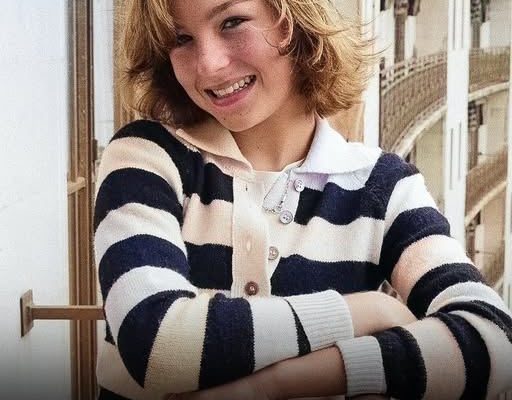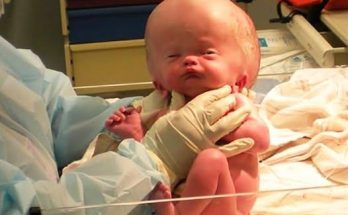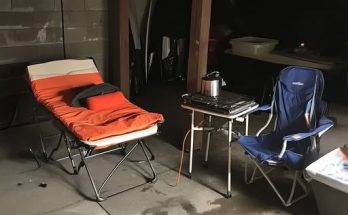A beloved child star of the 1970s seemed to have it all — fame, awards, and a future filled with promise. But behind the scenes, a life of personal struggles led to a devastating stroke, a six-week coma, and the painful task of relearning how to read.
In the glitz and glamour of 1970s Hollywood, a young actress captured the world’s attention with her natural talent and emotional depth. Yet fame came at a high price. Behind the bright lights, she faced a difficult childhood shaped by unstable parents, early exposure to addiction, and emotional hardship.
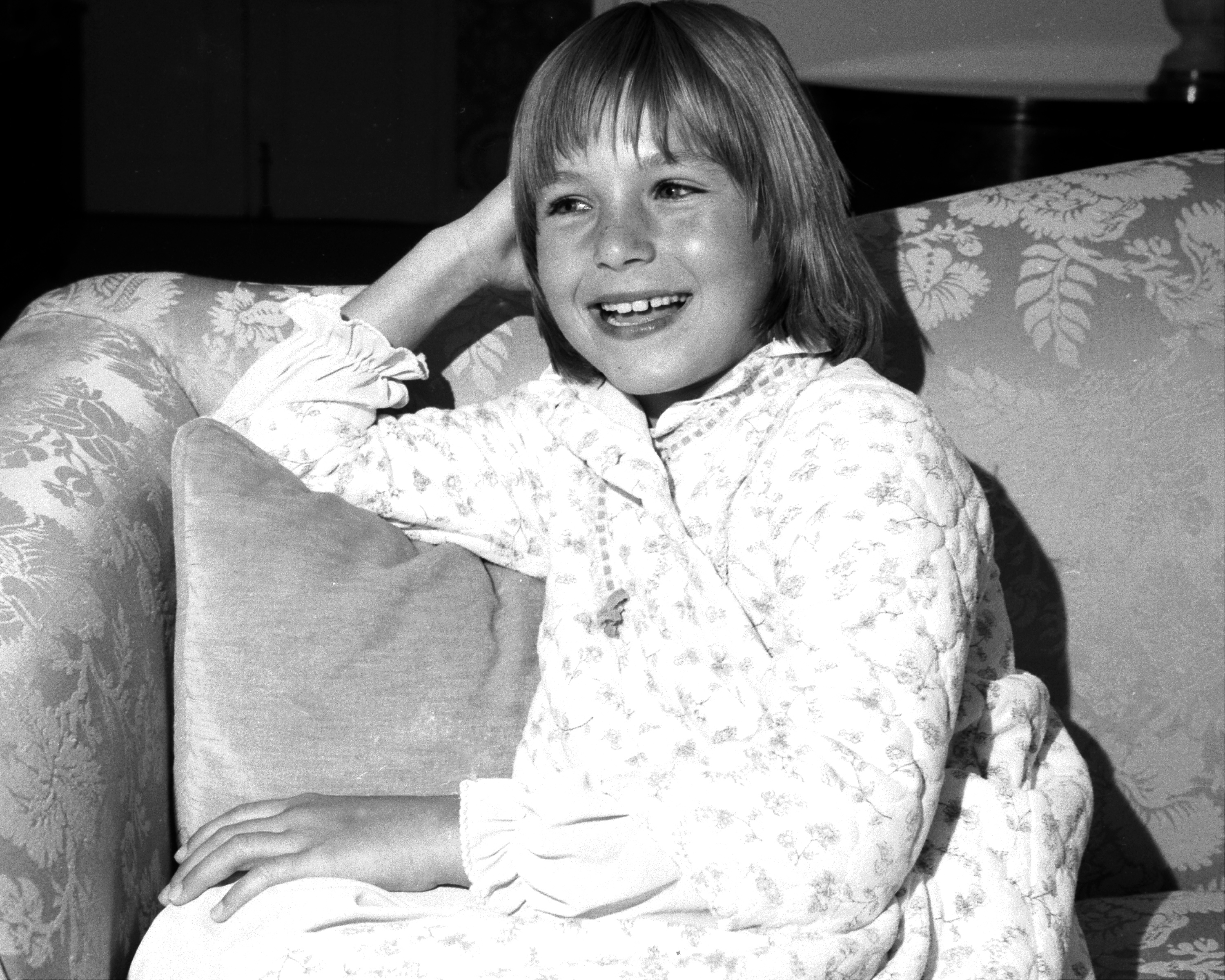
The child star in May 8, 1973. | Source: Getty Images
Decades before a health crisis would force her to rebuild her life, she was already fighting battles that most never saw. Now, at 61 years old, her story stands as proof of a life rebuilt against the odds.

The actress and her co-star Kristy McNichol in the 1980 American film “Little Darlings.” | Source: Getty Images
Early Stardom and Family Ties
Born on November 5, 1963, in Los Angeles, California, she seemed destined for fame. Her parents were celebrated actors, fixtures of Hollywood’s golden circles. From her earliest days, cameras, scripts, and the bright lights of movie sets were a familiar presence.
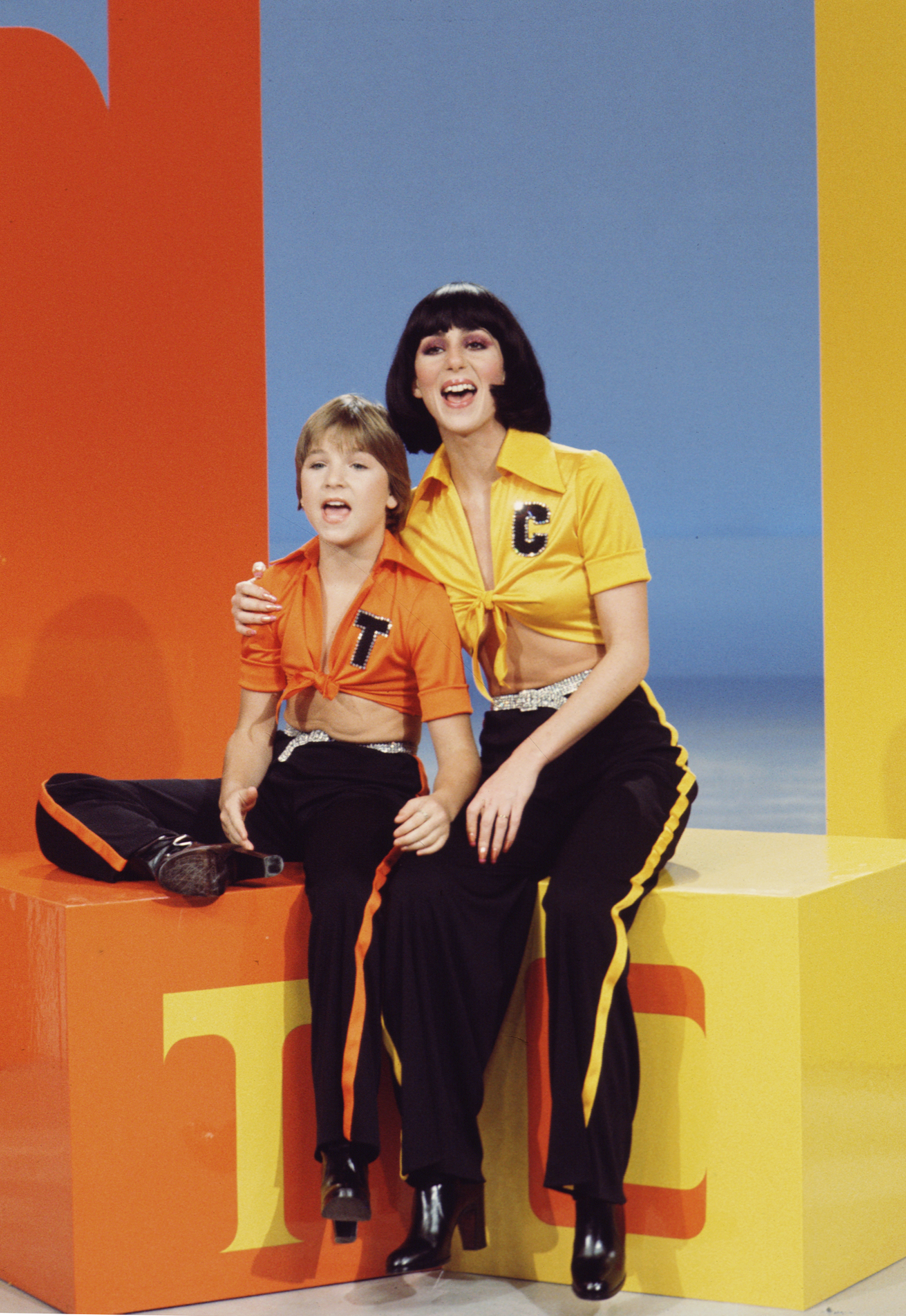
The child actress and Cher appear in matching outfits on “The Sonny & Cher Comedy Hour” in 1972. | Source: Getty Images
This actress’s career began at an astonishing pace. At just 10 years old, she became the youngest person to win a competitive Academy Award, claiming Best Supporting Actress for her role as Addie Loggins in “Paper Moon” (1973), acting opposite her real-life father.
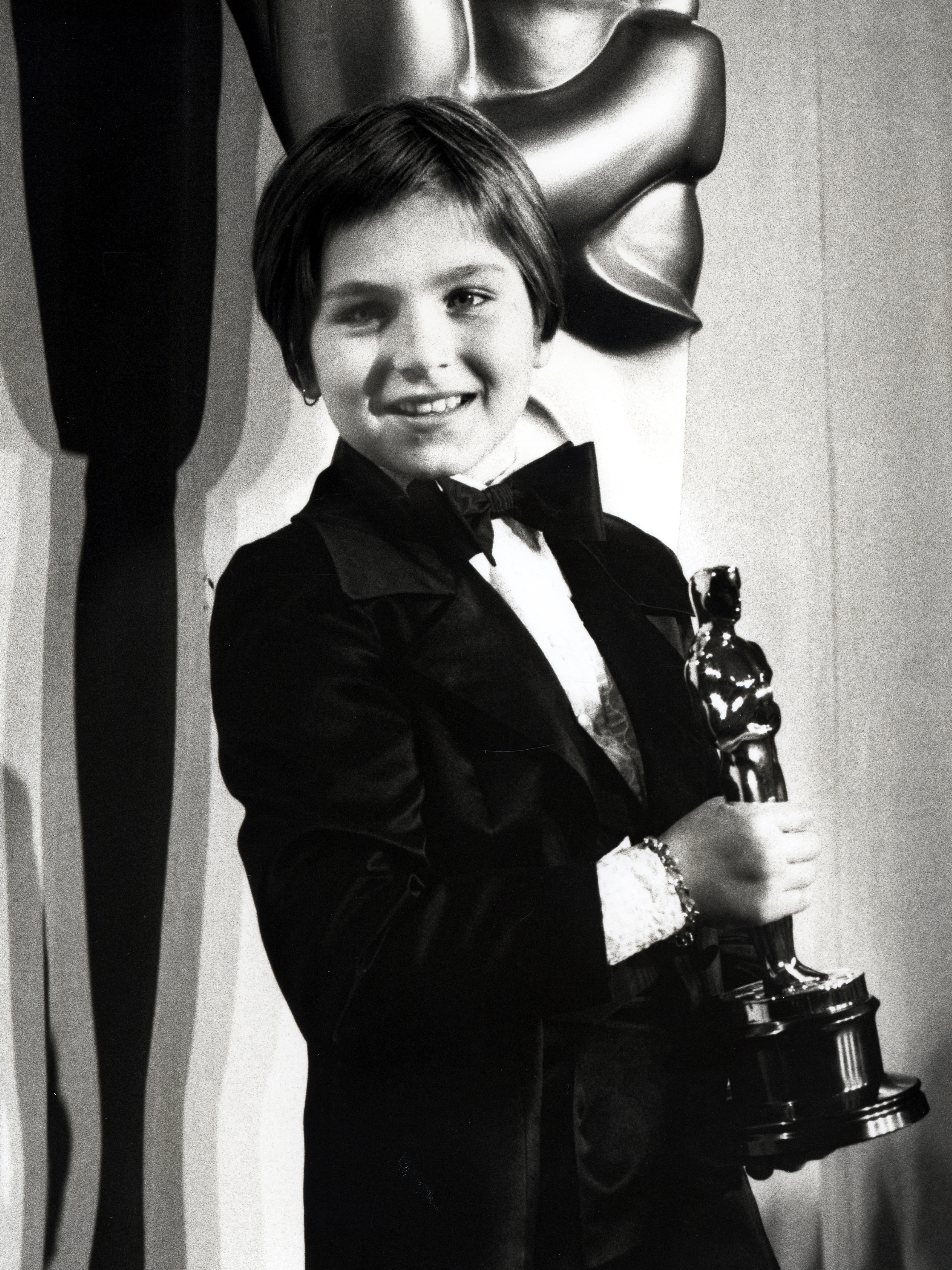
The child actress holds her award at the 46th Annual Academy Awards in Los Angeles, California, on April 2, 1974. | Source: Getty Images
She later starred in “The Bad News Bears” (1976), “Nickelodeon” (1976), and “Little Darlings” (1980), solidifying her place as one of the era’s most bankable young stars. She also appeared in television shows including “Sex and the City,” “8 Simple Rules,” and “Law & Order: Criminal Intent,” expanding her career into adult roles.
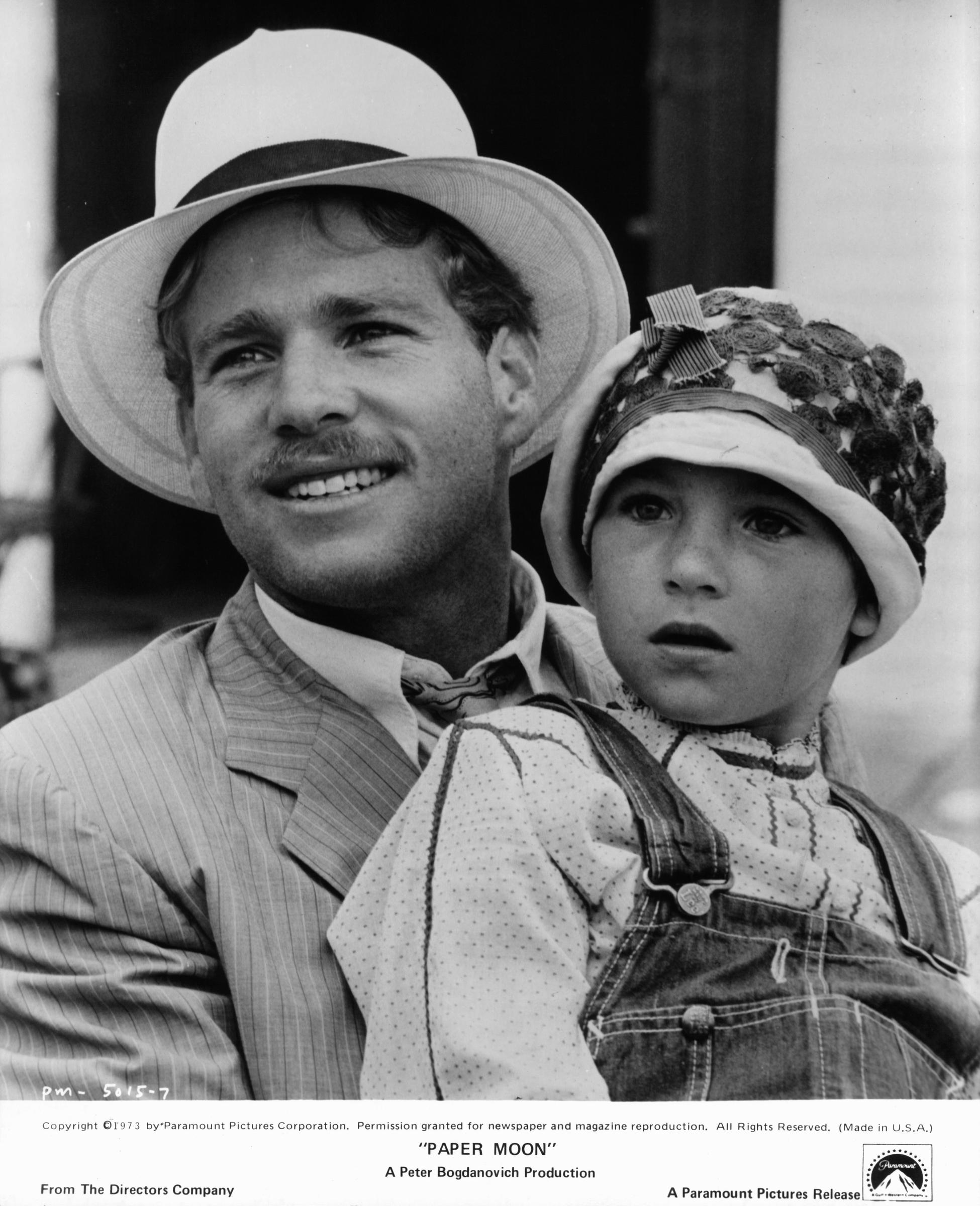
The child actress and her father in a scene from the 1973 film “Paper Moon.” | Source: Getty Images
In her personal life, she made headlines by marrying tennis legend John McEnroe in 1986. They divorced in 1994. The couple had three children together — Kevin, Sean, and Emily McEnroe — forming what, from the outside, appeared to be a glamorous Hollywood-sports family.
Yet behind the public image, deeper struggles had already begun to take root.
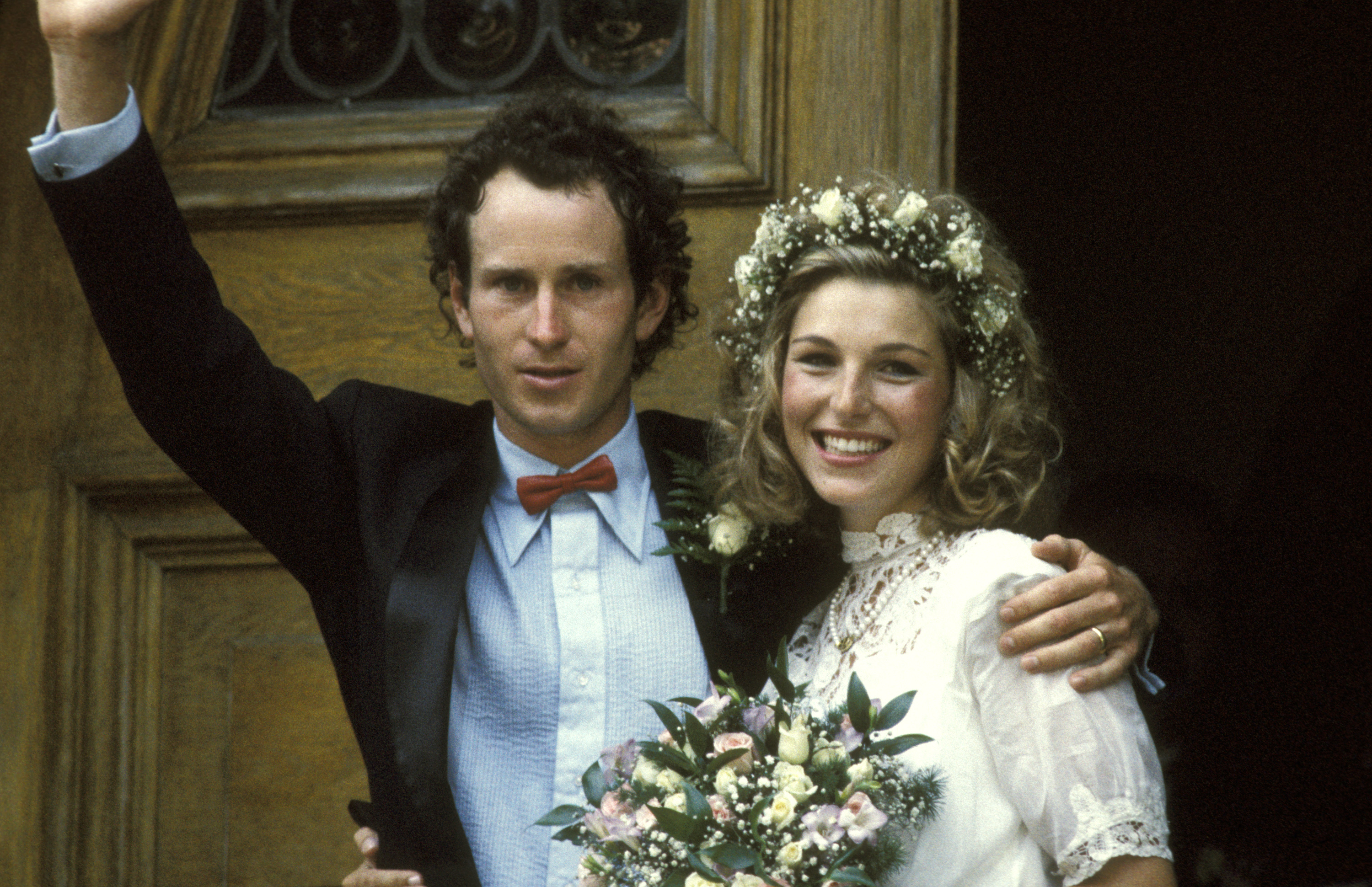
John McEnroe and the actress at their wedding on August 1, 1986. | Source: Getty Images
A Troubled Childhood Behind the Curtain
While her public image shone brightly, her private life was marked by instability and pain. In a candid interview in February 2025, she revealed that her childhood home had been shaped by the troubled lives of her famous parents, actors Ryan O’Neal and Joanna Moore.
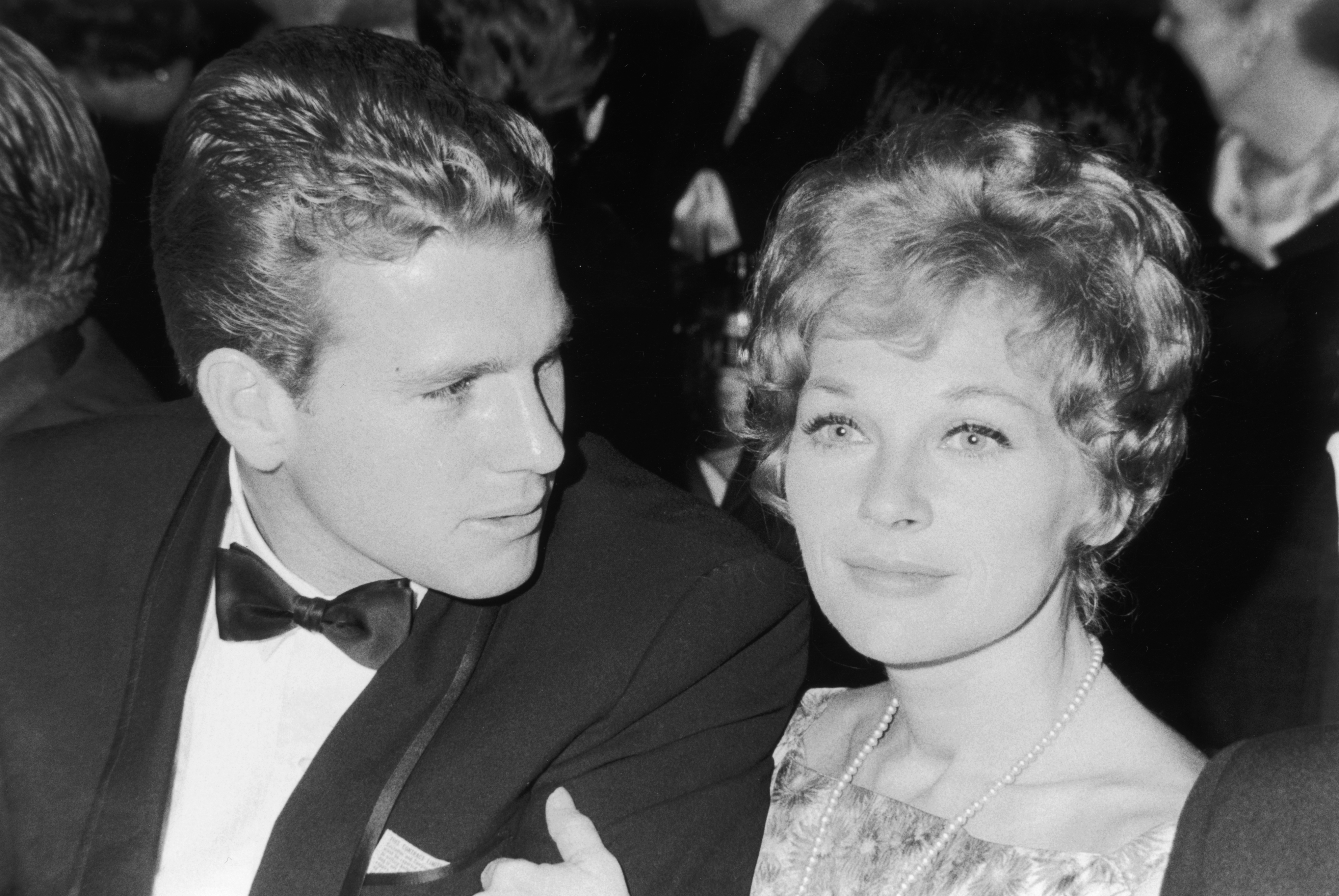
Ryan O’Neal and Joanna Moore at a Hollywood event in 1965 in California. | Source: Getty Images
Joanna battled heavily with alcohol and drugs, while Ryan’s behavior was often abusive. At just six years old, she was introduced to alcohol while visiting her mother’s house.
After her father gained full custody in 1970, the environment shifted from neglect to overt violence. She described how Ryan once punched her upon learning she had been nominated for “Paper Moon,” while he had been overlooked.
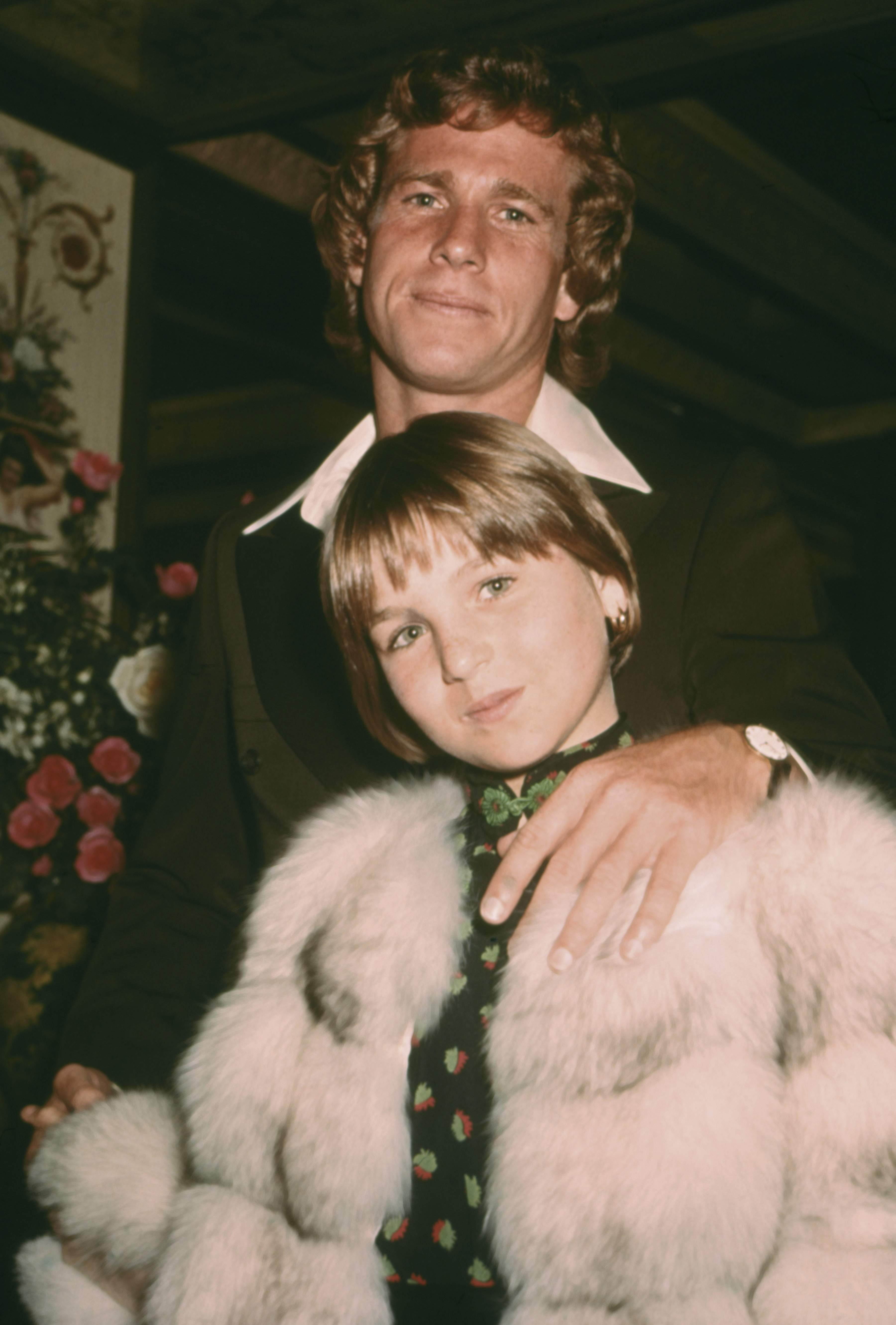
The child star with her father, Ryan O’Neal, in 1973. | Source: Getty Images
Substance abuse was rampant. “Pills and painkillers, cocaine,” she recalled. “And then, of course, girls, girls, girls.” Her home became less a sanctuary and more a chaotic space, where feelings of trust and safety were virtually unknown.
As she sought independence, the invisible scars from her upbringing would weigh heavily on the choices she made — and the demons she would face.
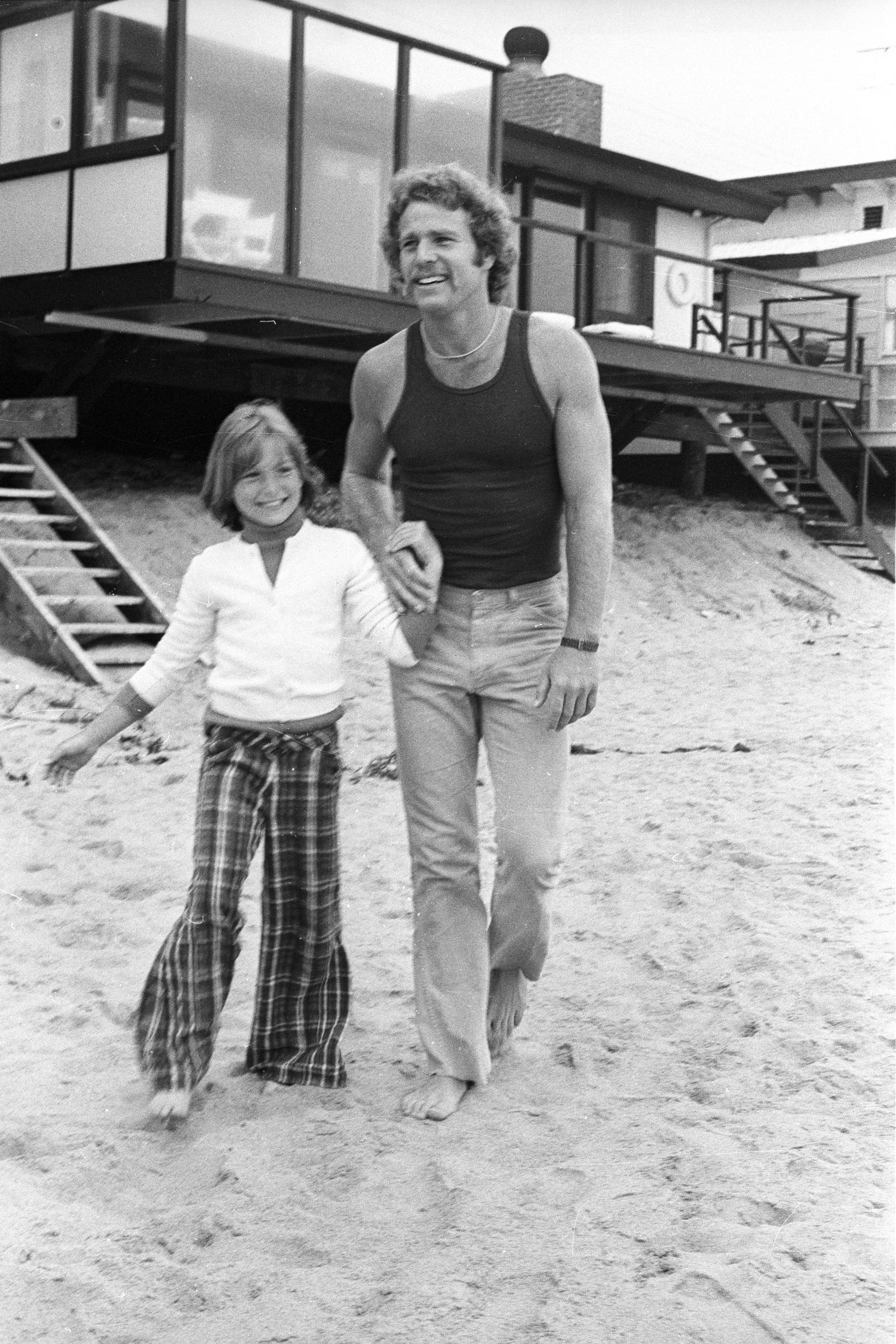
Ryan O’Neal with his daughter during an interview with Women’s Wear Daily on April 27, 1973, in Malibu, California. | Source: Getty Images
Battling Personal Demons
The actress’s transition to adulthood was fraught with challenges that echoed the turmoil of her early years. Addiction took hold early and tightened its grip over time. She battled dependencies on alcohol, cocaine, and heroin.
Tatum’s personal struggles quickly attracted tabloid attention. Her relationship with John, marked by intense love and frequent conflict, made life even more unstable. As her substance abuse worsened, she lost custody of their children, pushing her deeper into a downward spiral.
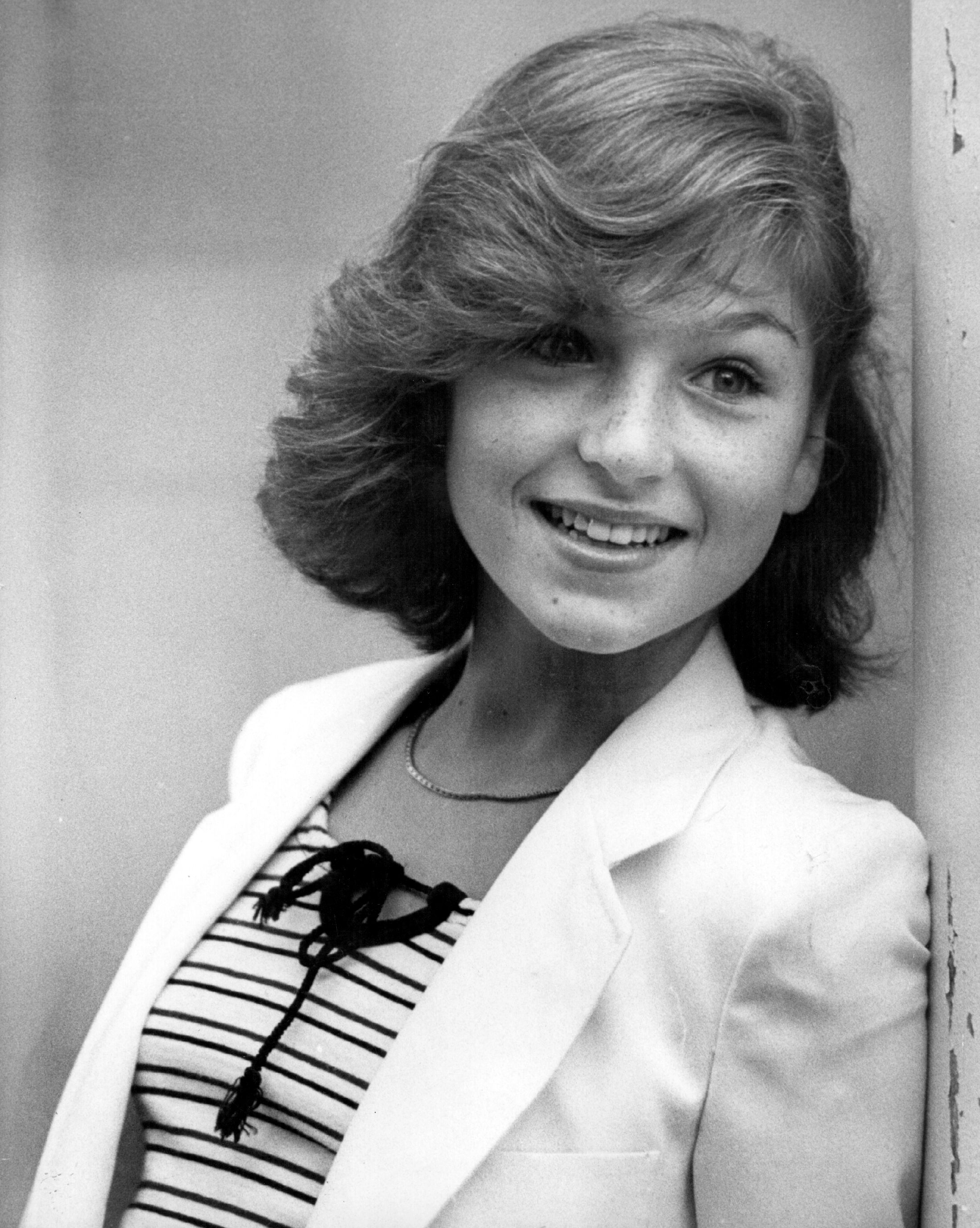
The actress at Pinewood Studios during the filming of “International Velvet,” the sequel to the 1944 classic “National Velvet,” on August 22, 1977. | Source: Getty Images
Despite multiple rehab stints and brief periods of sobriety, relapse remained a constant risk. Reflecting on those years, she later said, “Now I don’t want to hurt myself…Now I don’t want to [expletive] take drugs again — I really don’t.”

The actress and John McEnroe with their son Kevin on November 11, 1986, in London, United Kingdom. | Source: Getty Images
But even as her personal life spiraled, her greatest test was still to come — one that would strip away everything she knew and force her to fight for survival.
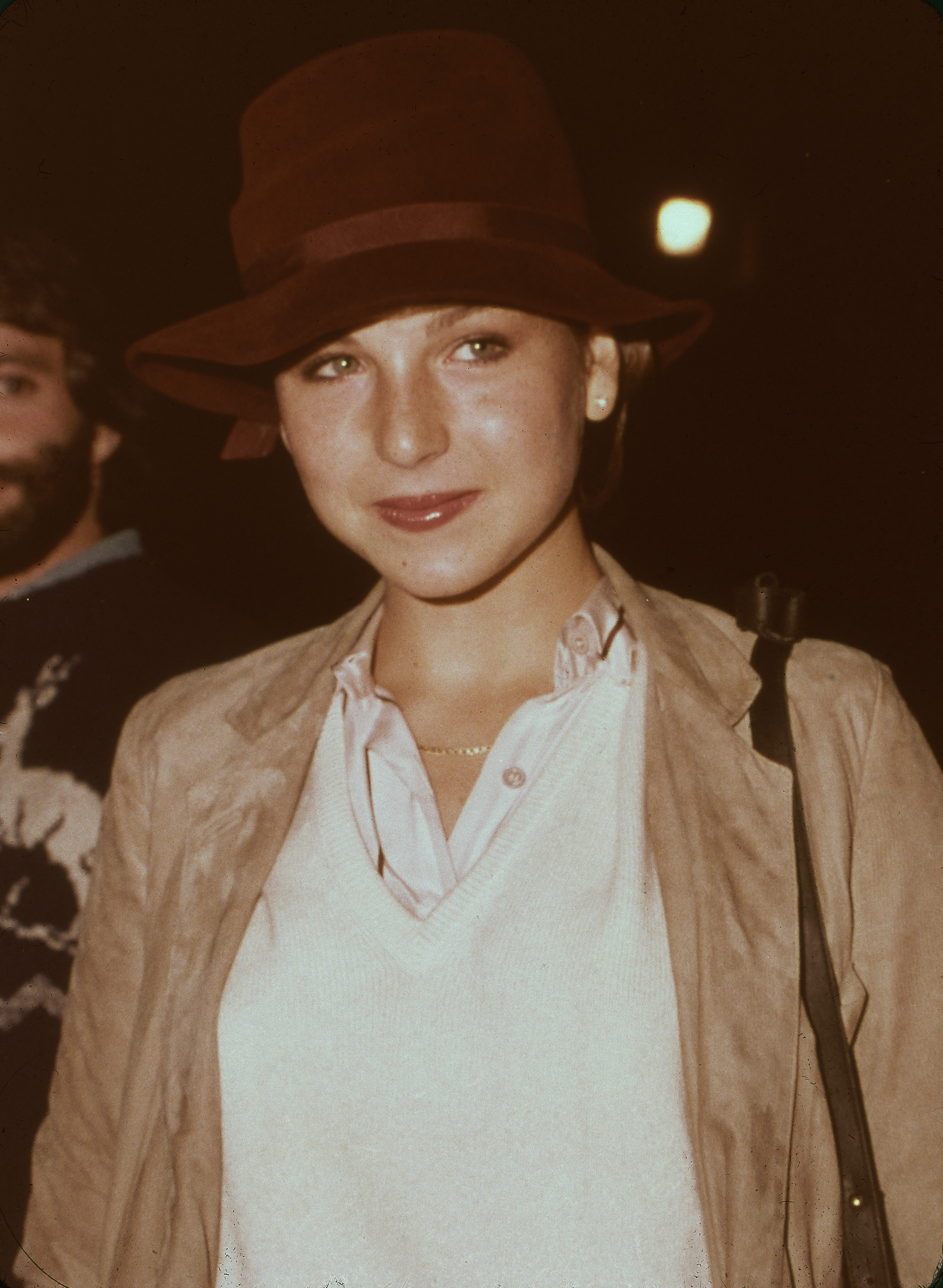
The actress at The Roxy in Los Angeles, California, in the mid to late 1970s. | Source: Getty Images
Health Battles That Tested Her Strength
By 2020, she was already facing serious physical challenges. She had been diagnosed with rheumatoid arthritis. “That means that my hands stopped working,” she explained. “It means that I can’t tie my shoes. I have to re-learn to write. And I definitely need surgery on my left knee and my neck coming up in the next week.”
During the isolation of the COVID-19 lockdown, she was prescribed morphine to manage her chronic pain — a risky decision, given her history with addiction. In May 2020, she suffered a devastating overdose that triggered a massive stroke.
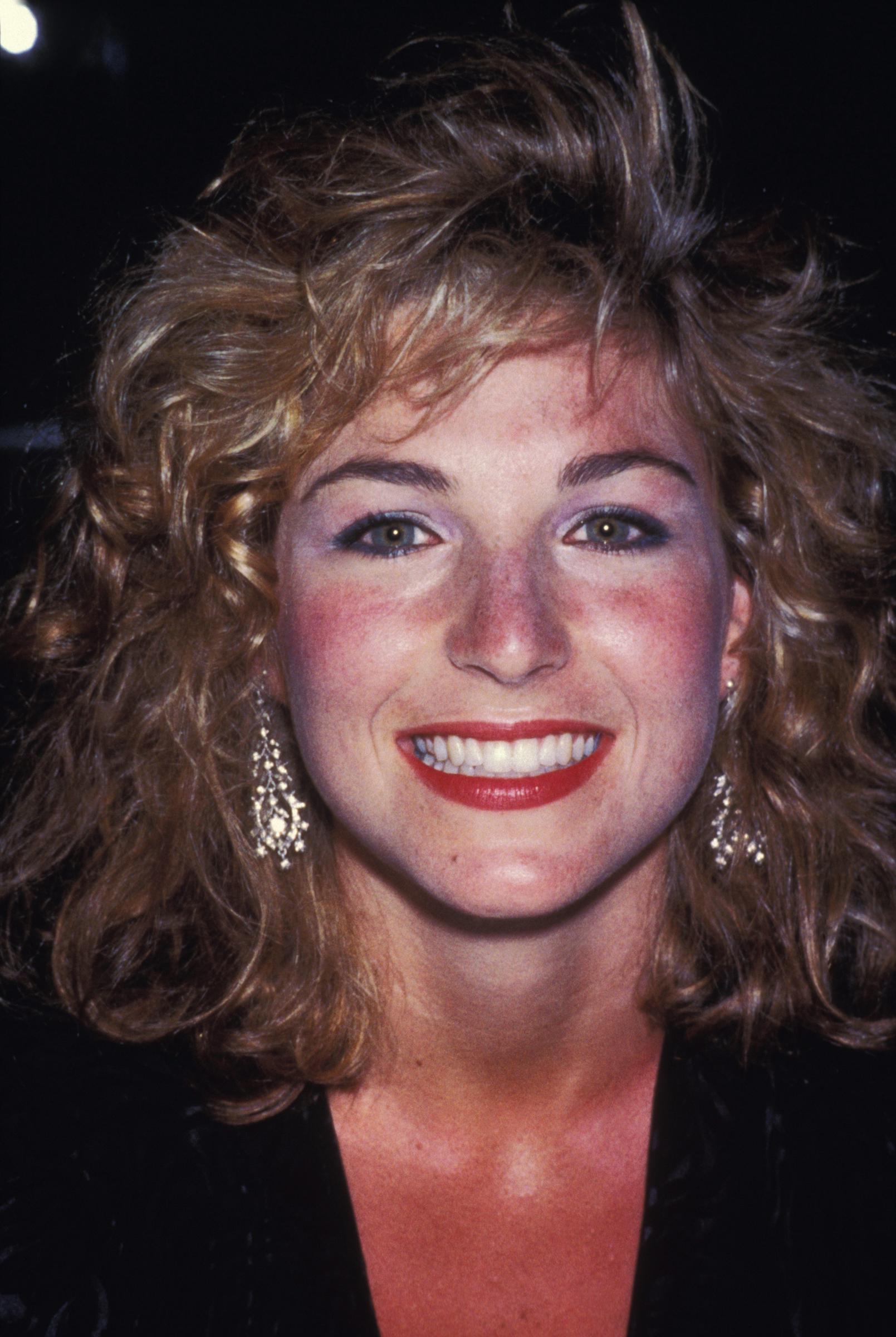
The actress in Paris, France, in 1986. | Source: Getty Images
She fell into a coma for six weeks. Her children were warned she might never regain consciousness or could awaken in a severely diminished state. Reflecting later, she said, “I love them so much, but I’d already given so much. Part of me just didn’t want to make it, you know?”
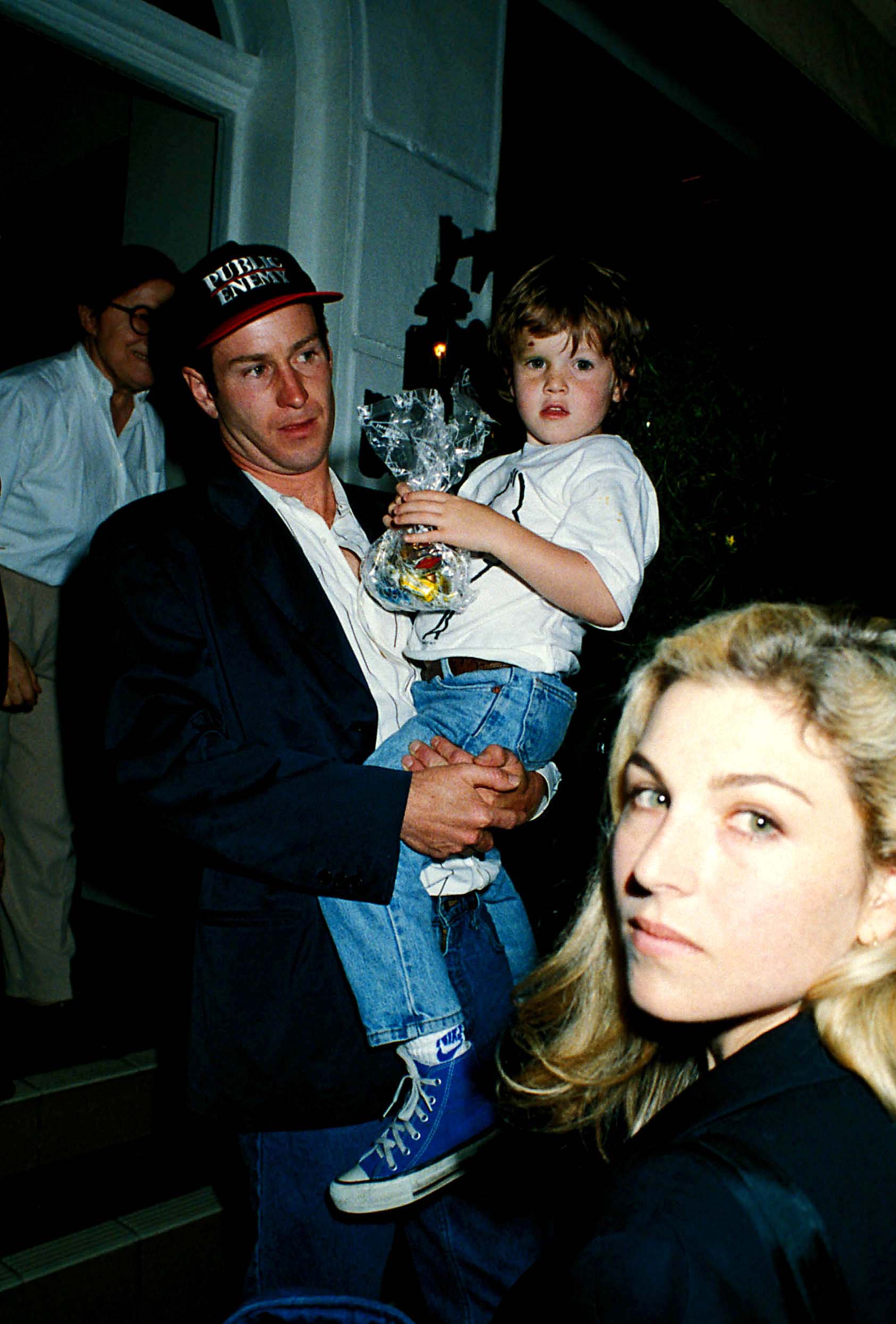
John McEnroe and the actress with their son Kevin in June 1992 in London, England. | Source: Getty Images
Her son, Kevin, recalled a grim conversation with doctors about whether his mother would want to live in a severely disabled state. But he chose to believe in her enduring spirit. “There’s something in her that you can’t explain — that perseveres through even horrible situations she put herself in,” he said.
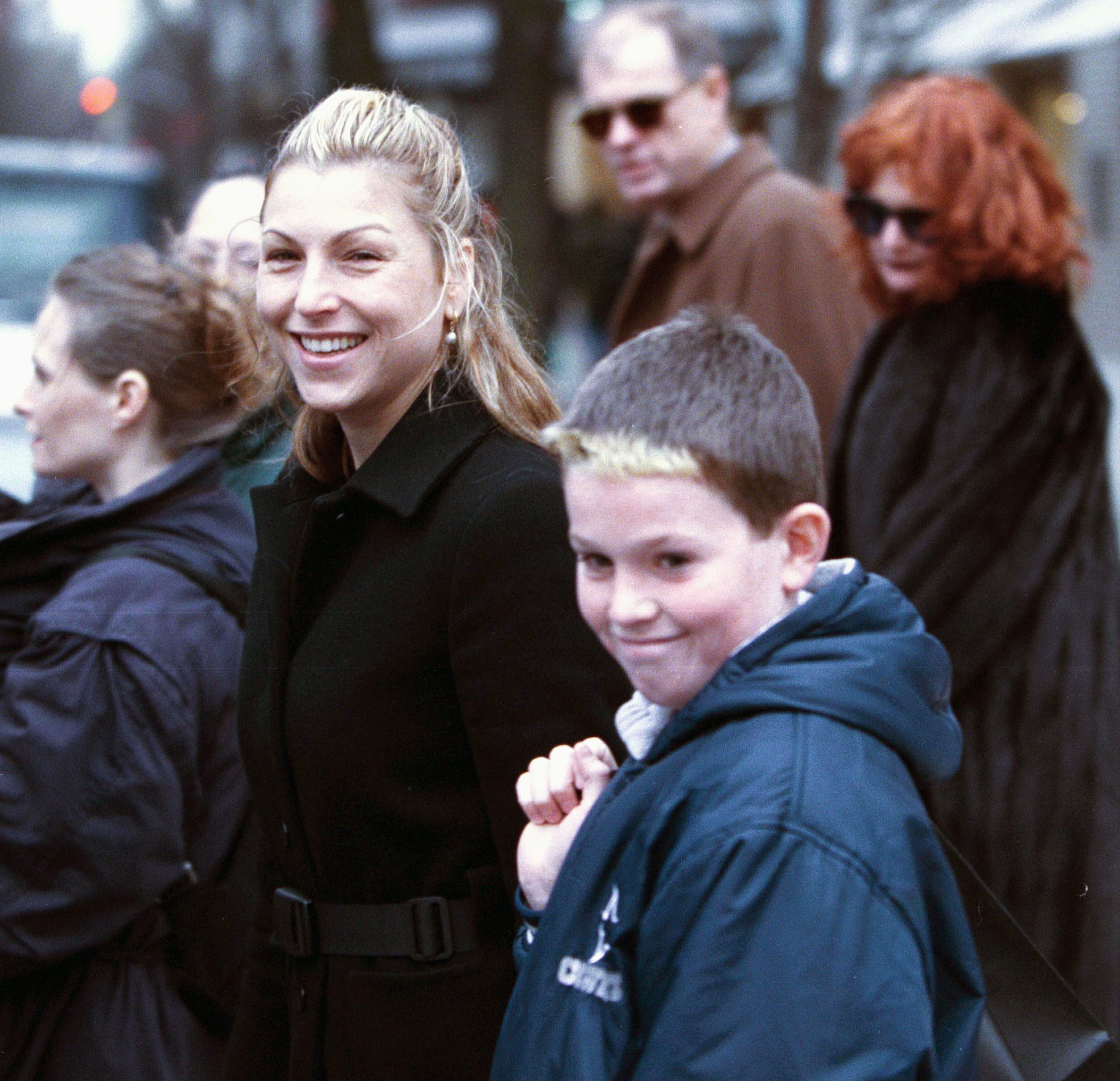
The actress and her son, Kevin, on December 21, 1999, in New York City. | Source: Getty Images
Awakening was only the beginning. She faced the monumental task of rebuilding her strength and relearning basic skills — walking, seeing, and performing everyday tasks — all while continuing to manage the effects of rheumatoid arthritis.
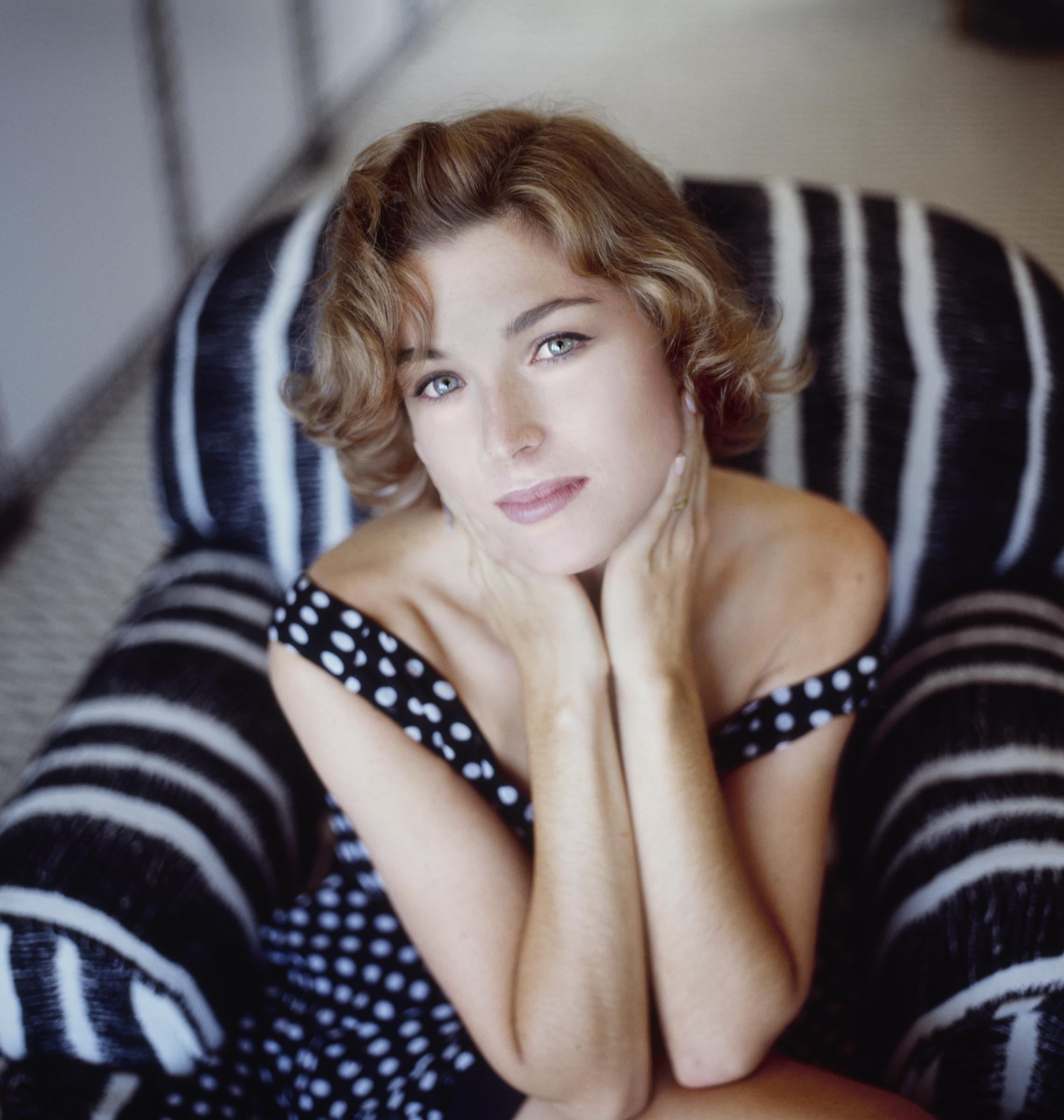
The actress in 1993 at her home in Malibu, California. | Source: Getty Images
The stroke had also left her with aphasia, a brain injury that affected her ability to speak, read, and understand language, adding another layer of difficulty to her recovery.
Recovery soon became her full-time effort. As her health challenges mounted, she also made the difficult decision to step away from her acting career. Her final projects before her health crisis included “Not to Forget” (2021), “The Crown with a Shadow” (2021), “The Assent” (2019), and “God’s Not Dead: A Light in Darkness” (2018).
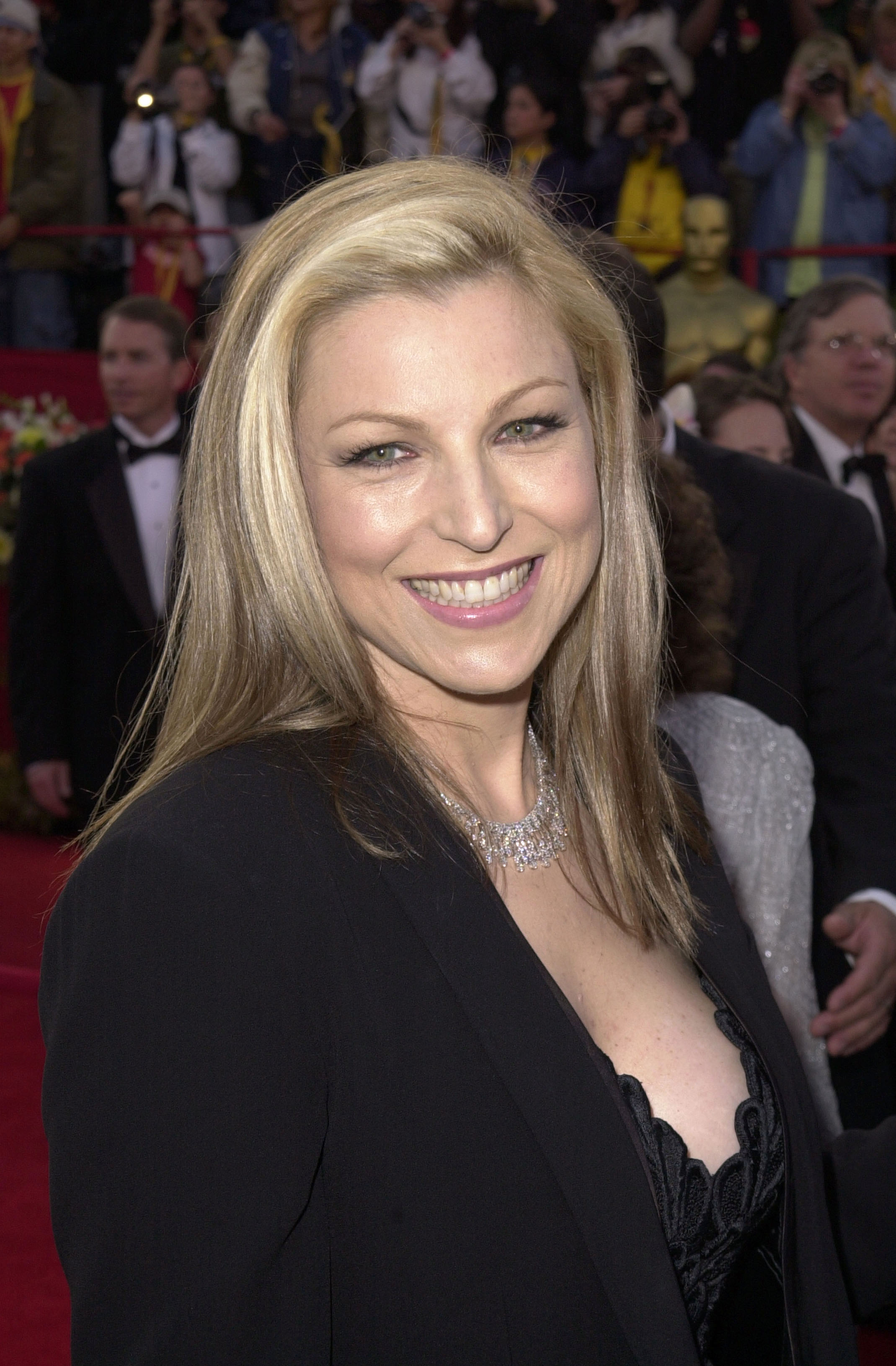
The actress during the 73rd Annual Academy Awards arrivals on March 25, 2001, in Los Angeles, California. | Source: Getty Images
Beyond the physical battles, her recovery triggered emotional reflection as well. When asked whether leaving her marriage was the right decision, she replied, “Perhaps not,” adding, “I was loved, I was cared for. … That’s it, that’s what one wants, isn’t it, in a marriage? I’ve never met anyone who even comes close to my ex-husband.”
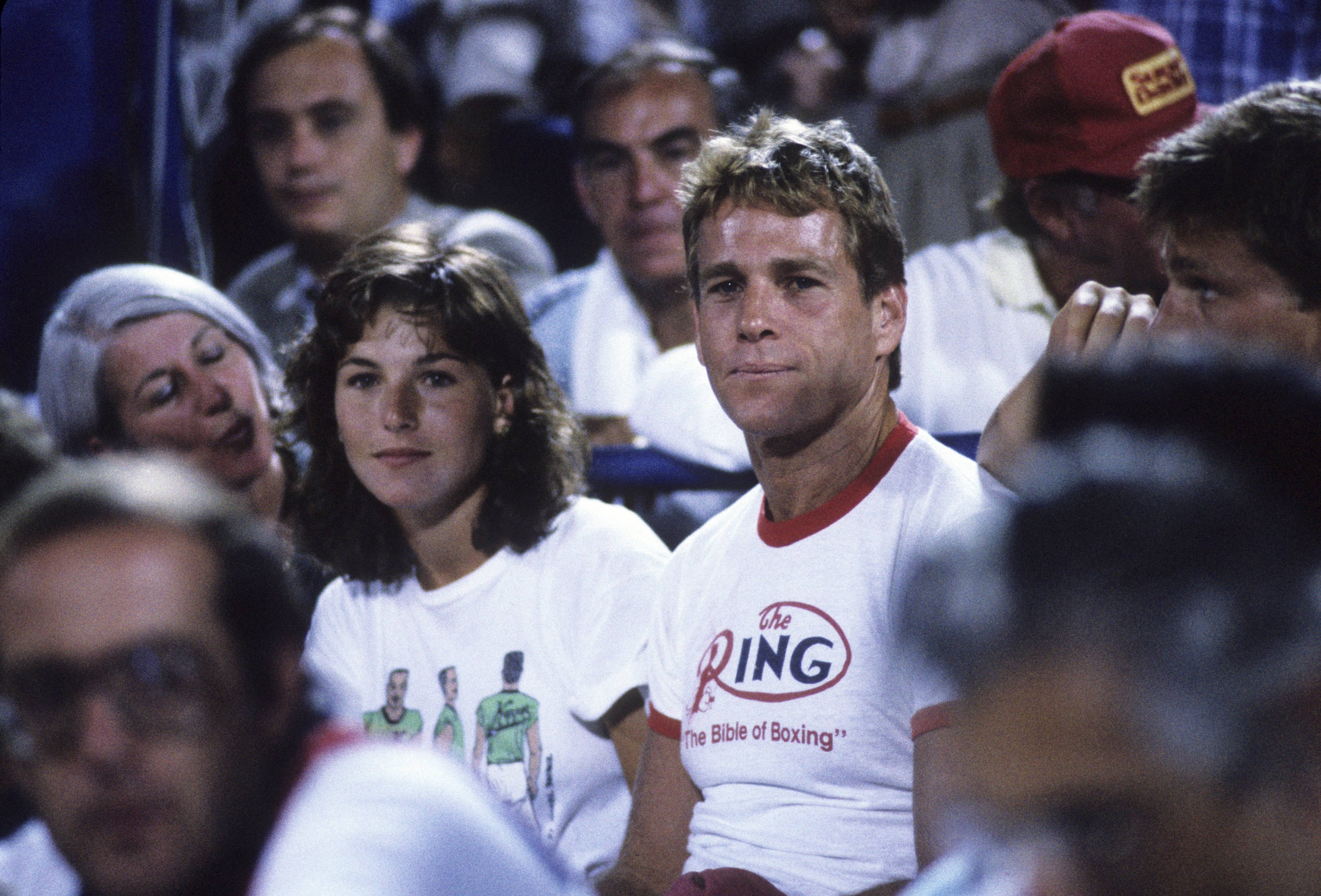
The actress and John McEnroe at the National Tennis Center in Flushing, New York, in 1985. | Source: Getty Images
Looking back, she also acknowledged that despite the challenges, she and her ex-husband John are now on good terms. She reflected that having their three children may have saved her life. “I was really ready to kind of fall down and not get back up,” she shared.
She said that at 22, she no longer felt like herself, but having her children gave her a reason to keep going. Although her marriage eventually ended, she still considered it one of the “happiest times” of her life.

Ryan O’Neal, his daughter, the actress, and their three children — Sean, Emily, and Kevin McEnroe — at the 30th anniversary screening of “Paper Moon” at the Vista Theater on August 21, 2003, in Los Angeles, California. | Source: Getty Images
As her body slowly mended, it was the unwavering support of her children that reignited her spirit and fueled her will to recover.
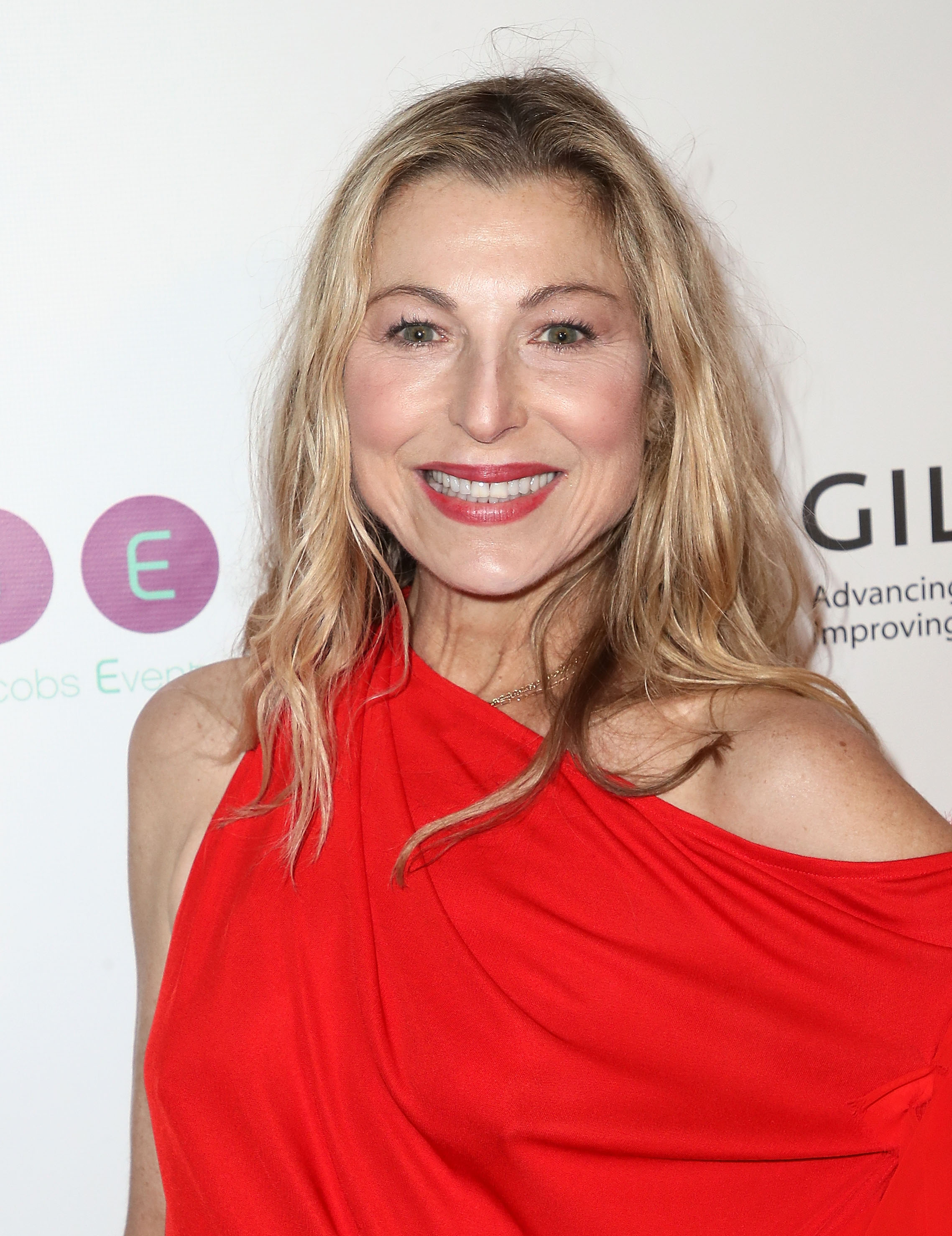
The actress at the Best in Drag Show benefiting Aid for AIDS on October 7, 2018, in Los Angeles, California. | Source: Getty Images
Finding Strength Through Family and Sobriety
Tatum O’Neal’s children — Kevin, Sean, and Emily — became her lifeline. Emerging from the coma, her first thought was of her late mother, though she had no words to express her fear. “She couldn’t say ‘I’m scared,'” Kevin recalled. During the darkest days of her recovery, they clung to any sign that their mother was still fighting.
Kevin shared a poignant memory of hearing that she had “escaped” from her care facility. “That might not have been the normal reaction,” he said, “But I just thought the fighter in her was overcoming some of this stuff.”
Tatum, however, was not always sure she wanted to continue the fight. Reflecting on that time, she admitted, “I kept wanting to leave, I’ll tell you that.”
Kevin’s sister, Emily, marveled at her mother’s progress. “Three and a half years ago, the doctors had no anticipation that she would be able to speak, to see, to walk,” she recounted in 2023. “She’s an unbelievable survivor.”
Now, sobriety is at the center of Tatum’s life. She wears a suboxone patch to treat opioid cravings and attends daily twelve-step meetings. “No more drugs. No more pills. I don’t want to use anymore,” she said, a clear statement of determination.
Tatum acknowledged the difficulty of the journey, saying she is “trying so hard with sobriety” and focuses on “just taking it one day at a time.”
Like his siblings, Sean was amazed by her resilience. He said that what helped him most during his mother’s recovery was trusting that there was “something deeper involved here.” He reflected on how unlikely it was for her to come through her ordeal with such a strong spirit.
Sean explained, “Of all the millions of possibilities how [sic] she could have turned out after this, for her to have this incredible spirit is like — if you don’t believe in God, I don’t know how you cannot now because this is the biggest miracle I have ever witnessed.” To him, it seemed that “the universe saved her — and cared about her.”
Even as she reclaimed her health and sobriety, another deeply personal chapter was drawing to a close — one that involved saying goodbye to a complex and painful past.
Closing a Complicated Chapter
During her recovery, Tatum cautiously reconnected with her father, Ryan O’Neal. Sadly, her father passed away on December 8, 2023, at the age of 82. Tatum visited him at his Malibu home shortly before his death.
During their final encounter, old behaviors resurfaced. “I know he was drinking, smoking a lot of pot, and he was like, ‘Here, take a pill,'” she recalled. “I was like, ‘No, thank you.'”

Tatum O’Neal and her father, Ryan, at the 30th anniversary screening of “Paper Moon” on August 21, 2003, in Los Angeles, California. | Source: Getty Images
Reflecting on their relationship, Tatum believed her decision to write openly in her memoir “A Paper Life” cost her her place in his will. “The first book that I wrote was just a [expletive] honest book,” she said. “And that’s what got him.”
Without the safety net of an inheritance, Tatum was left to rely on her own resources.
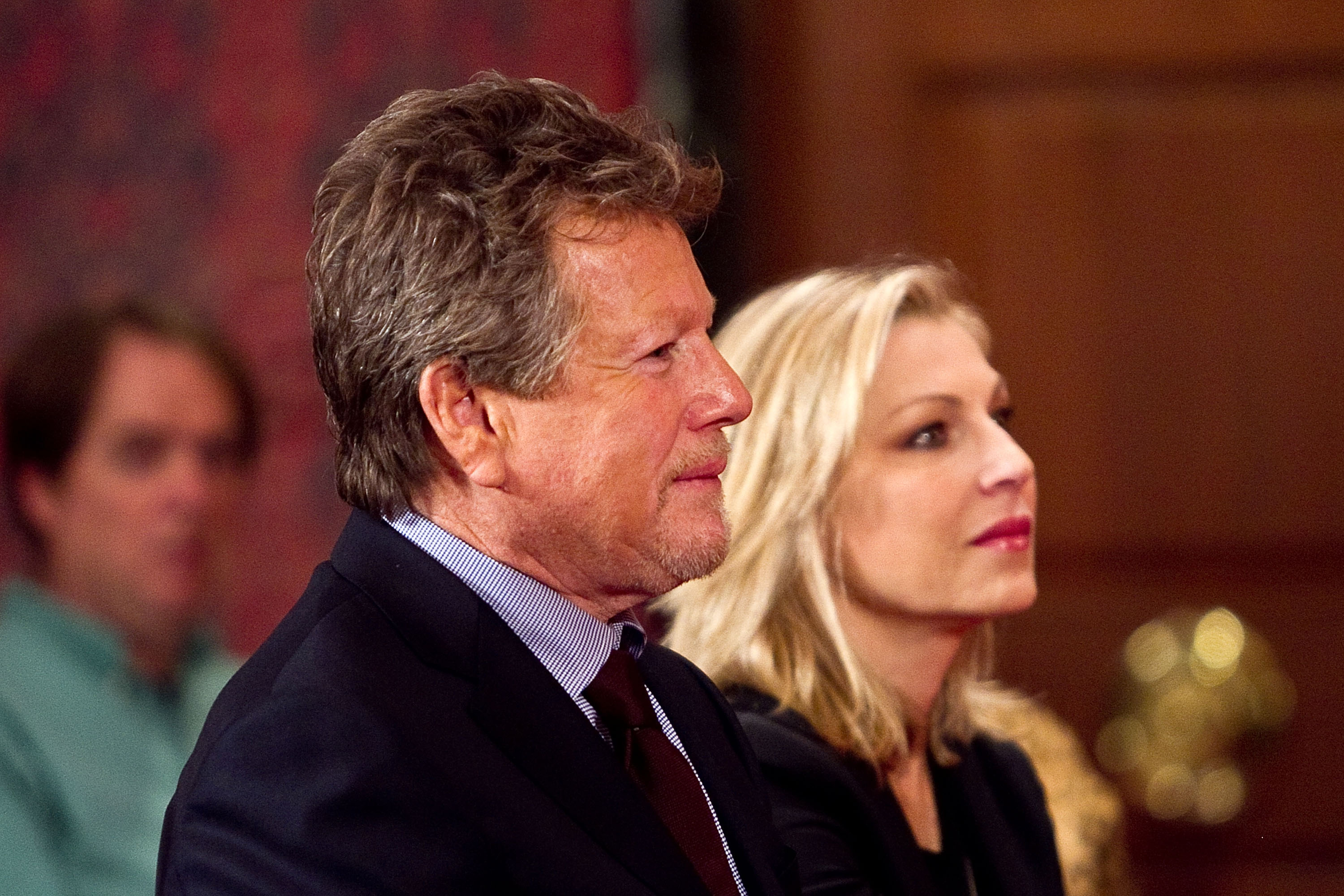
Ryan O’Neal and his daughter Tatum at a Farrah Fawcett memorabilia donation ceremony at the Smithsonian National Museum of American History on February 2, 2011, in Washington, D.C. | Source: Getty Images
Tatum O’Neal’s Financial Challenges and Ongoing Recovery
Tatum had been facing money troubles long before her father’s death. Although she was once one of Hollywood’s highest-paid young stars, her adult career never reached the same heights — or the same paychecks. When her father passed away and left her out of his will, it only made her situation harder.
After her divorce from John in 1994, she tried to restart her acting career. But during that time, she began using heroin and fell into serious addiction. According to John, “there was an accountant who took advantage of her,” stealing $1 million — a huge financial and emotional setback.
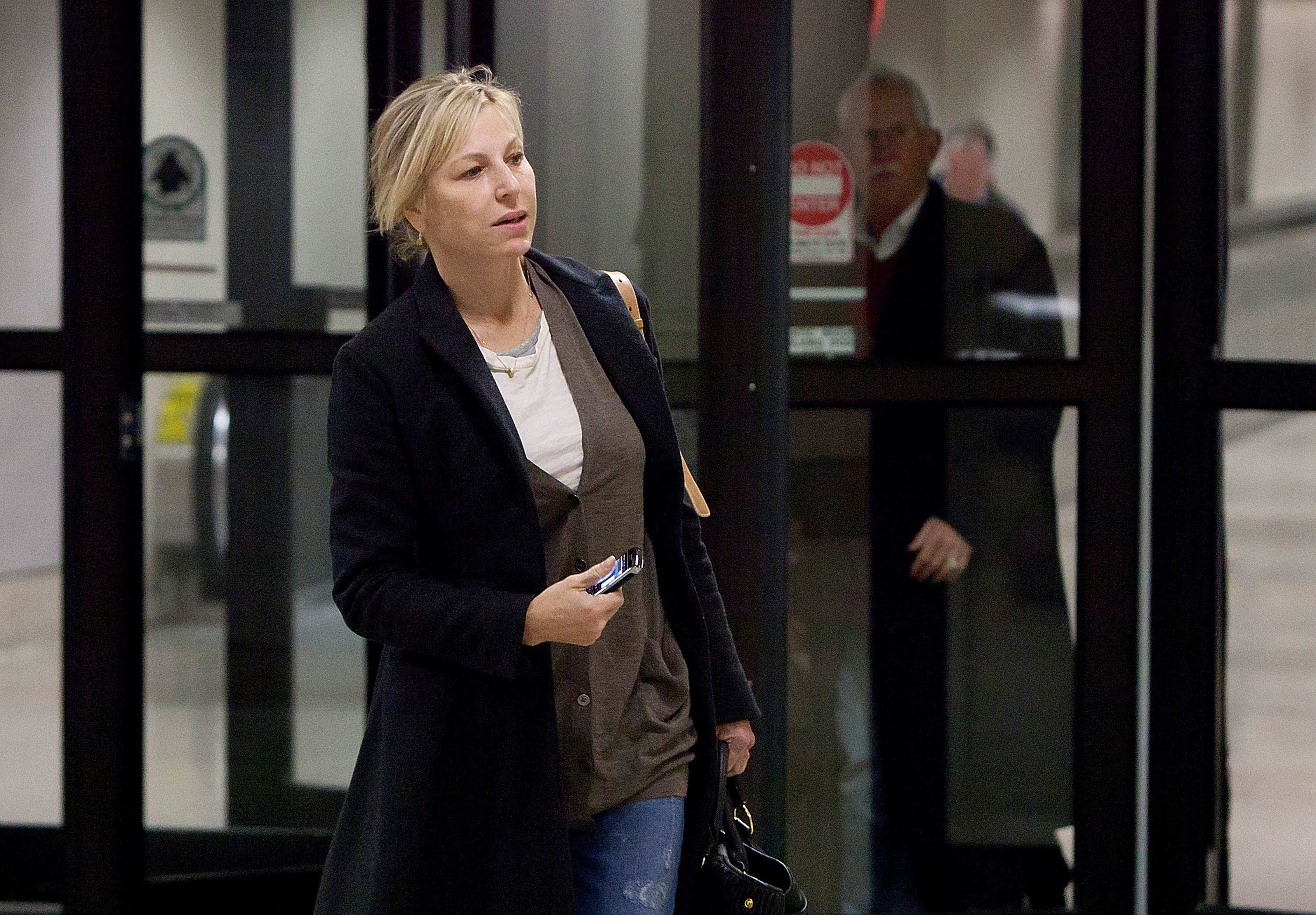
Tatum O’Neal at Los Angeles International Airport on February 24, 2011, in California. | Source: Getty Images
Since her overdose and stroke, Tatum has lived off investments she made when she was young. But medical bills are high. She recently had neck surgery and now goes to speech therapy twice a week as she relearns how to read. An inheritance could have helped ease the burden, but it never came.
Still, Tatum is working to rebuild her life. She is currently involved in a documentary project about her story, which could provide some income down the road. Her son, Sean, summed up the painful history by saying, “It’s blood money.”
But Sean believes true success isn’t about money. “I think the best revenge is your own success,” he said, encouraging his mother. He also noticed a big change: now that Ryan is gone, Tatum is “letting go of how much space he took up in her life.” For too long, he said, “she was defined as the person who was abused by Ryan.”
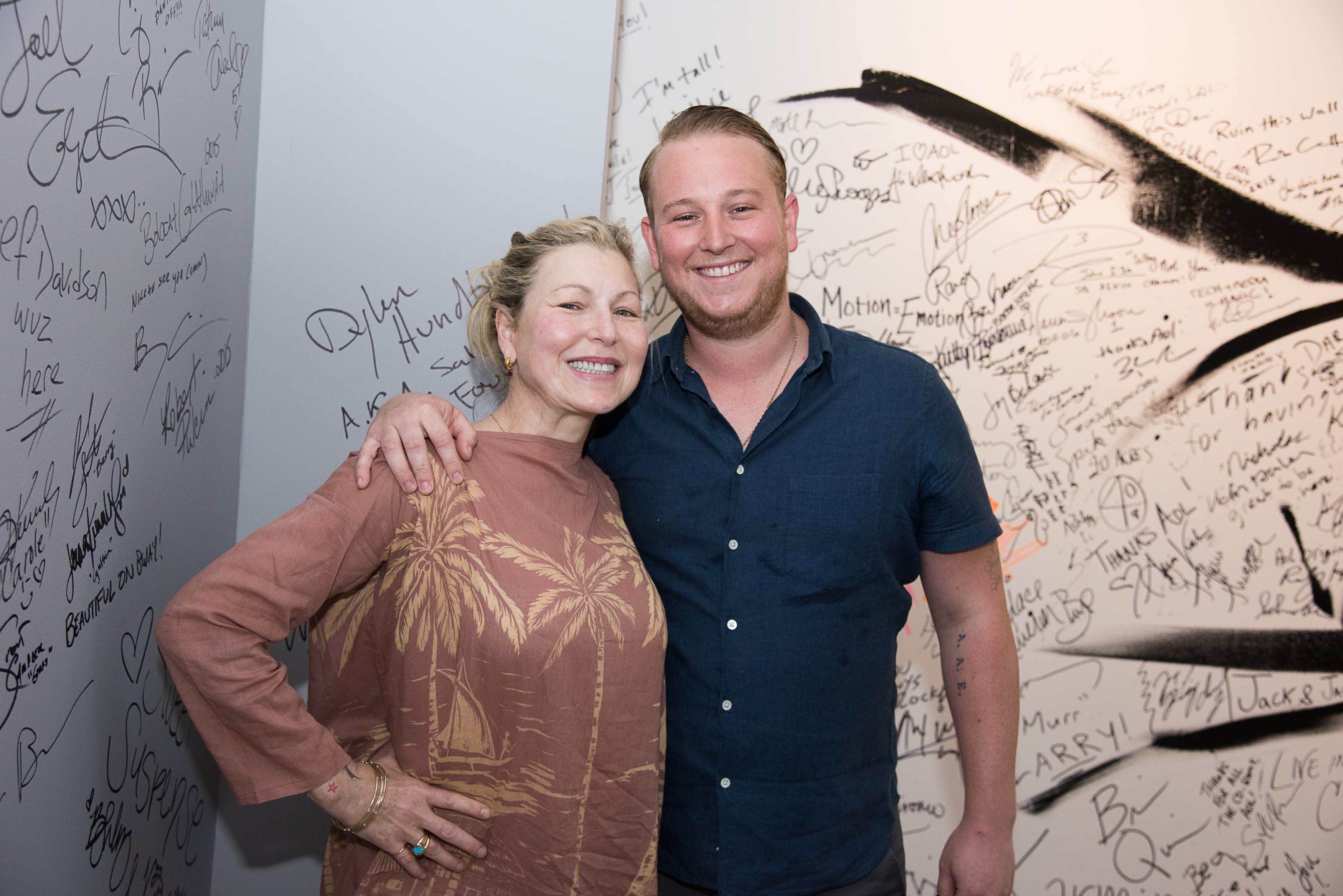
Tatum O’Neal and Kevin Jack McEnroe at AOL Studios In New York on August 7, 2015 in New York City. | Source: Getty Images
Now, her survival and recovery are seen as victories. Looking at his mother, Sean remarked, “There wasn’t much of a desire to be like, ‘I can do great things.’ And I think today you can do great things.”
